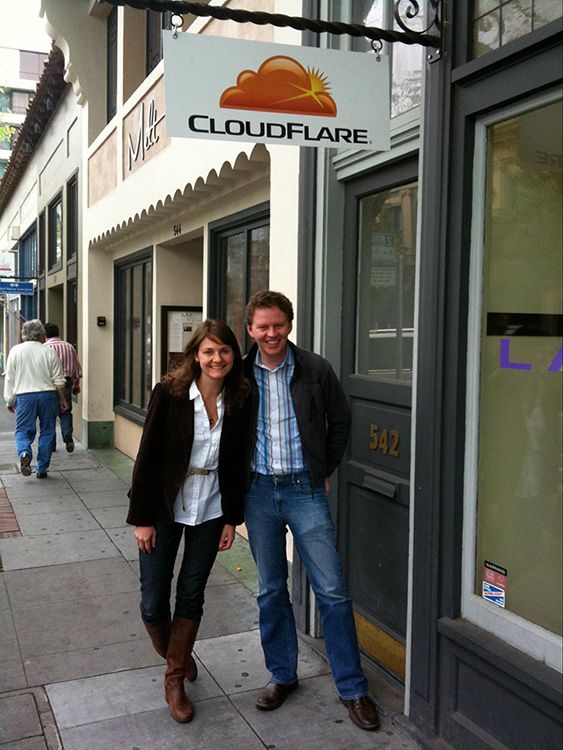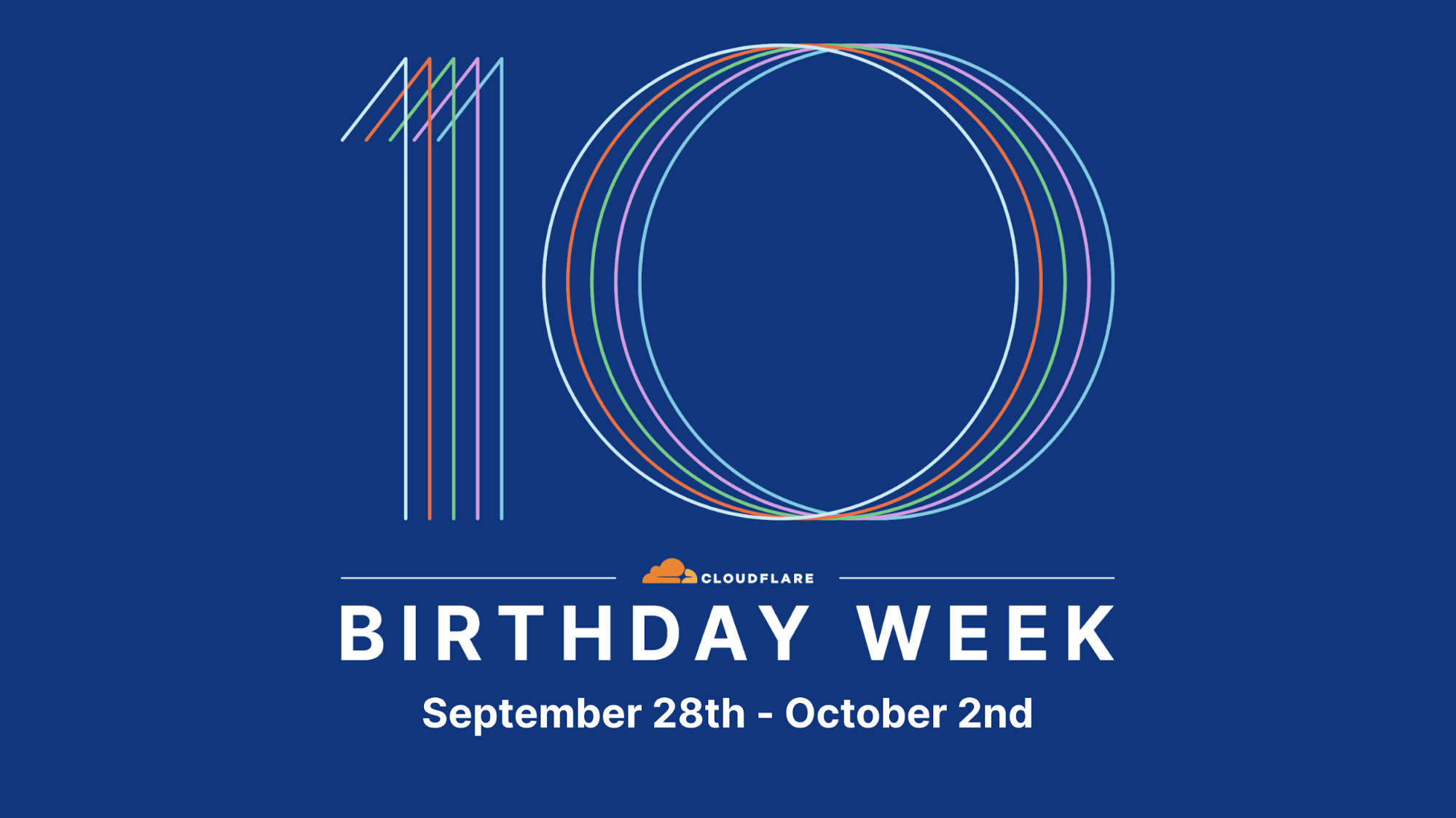How to view information on your Linux devices with lshw
While far from being one of the first 50 Linux commands anyone learns, the lshw command (read as “ls hardware”) can provide a lot of useful details on your system’s hardware.It extracts details—maybe quite a few more than you knew were available—in a format that is reasonably easy to digest. Given descriptions, logical (device) names, sizes, etc., you are likely to appreciate how much detail you can access.This post examines the information that lshw provides with a particular focus on disk and related hardware. Here is some sample lshw output:$ sudo lshw -C disk *-disk:0 description: SCSI Disk product: Card Reader-1 vendor: JIE LI physical id: 0.0.0 bus info: scsi@4:0.0.0 logical name: /dev/sdc version: 1.00 capabilities: removable configuration: logicalsectorsize=512 sectorsize=512 *-medium physical id: 0 logical name: /dev/sdc Note that you should run the lshw command with sudo to ensure that you get all of the available details.To read this article in full, please click here











